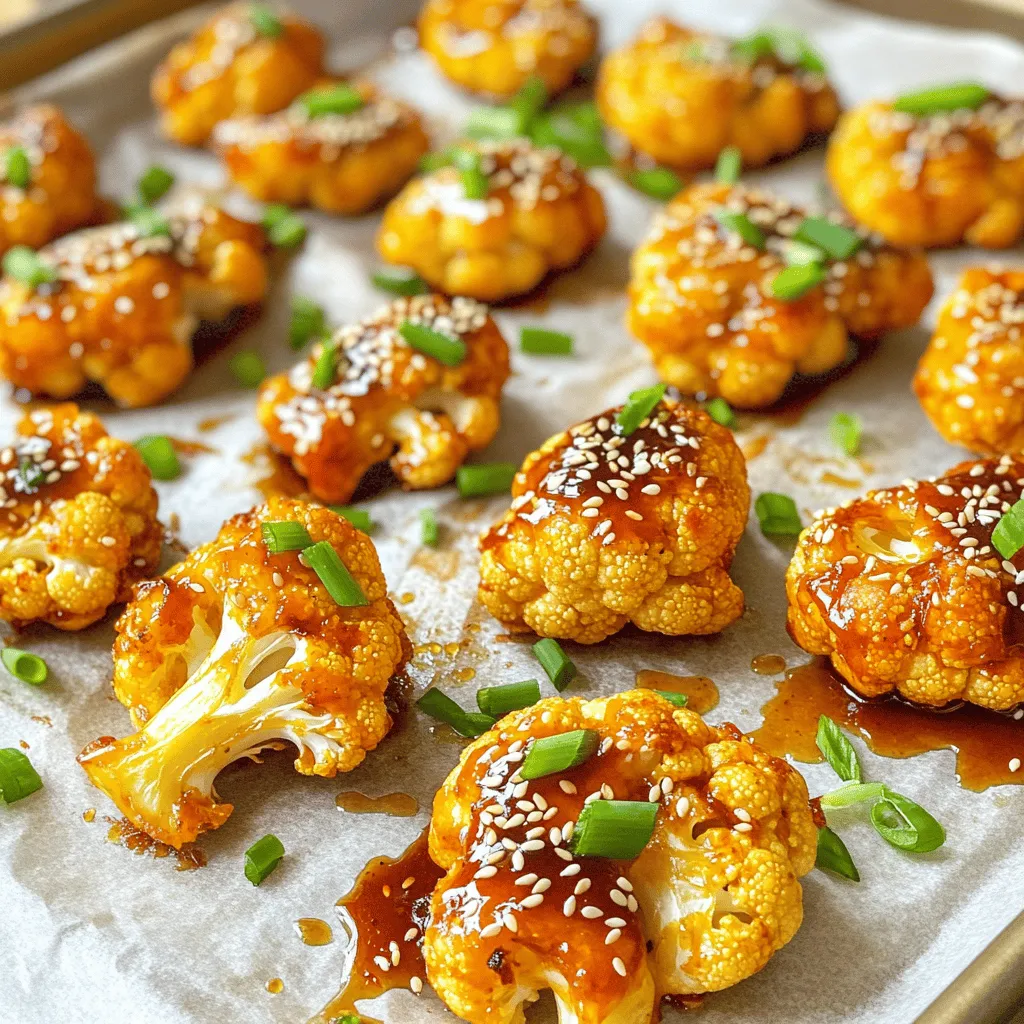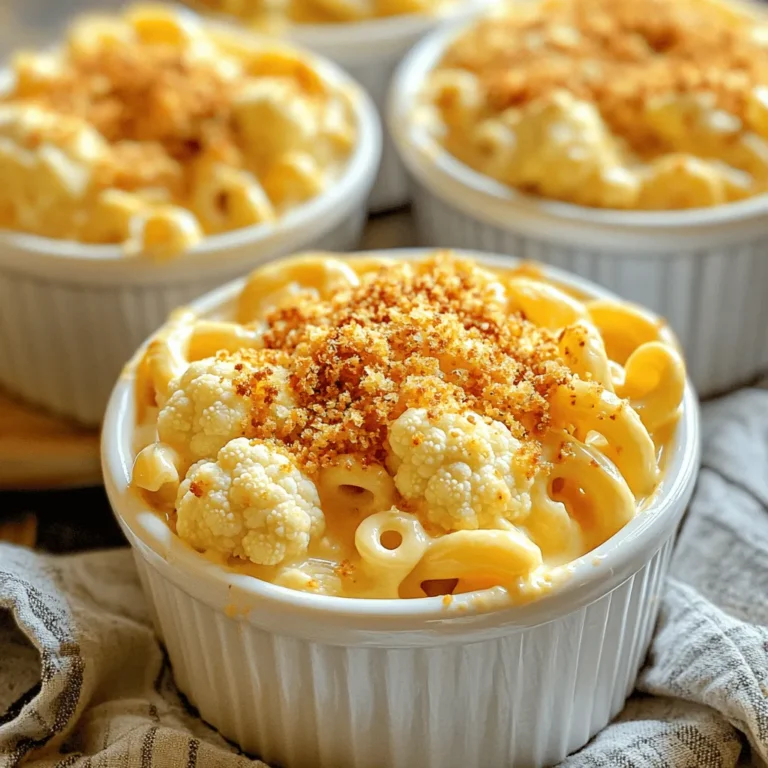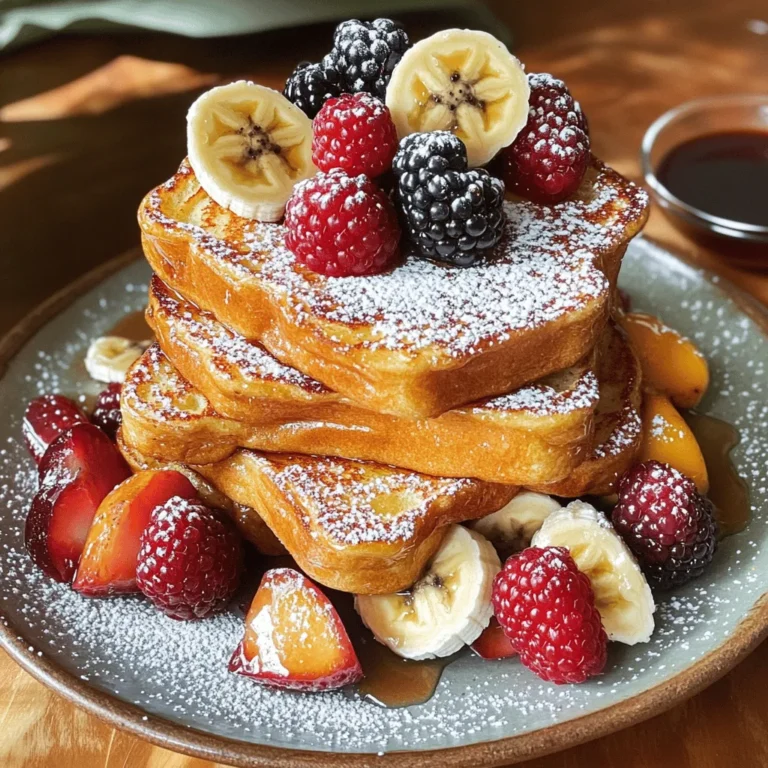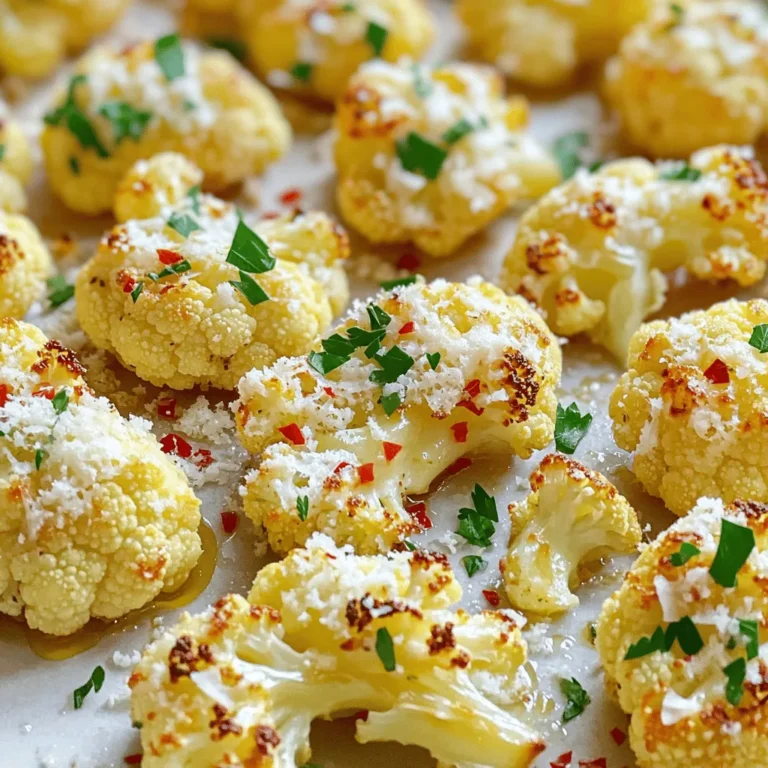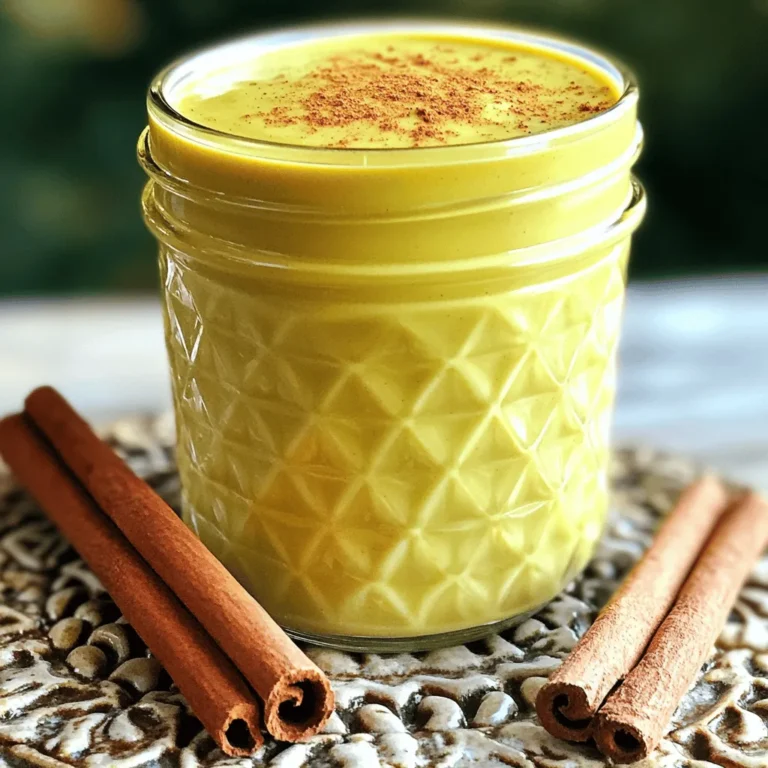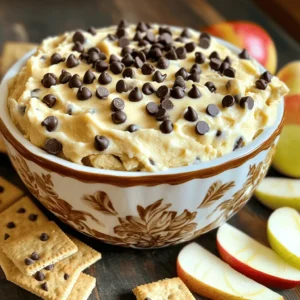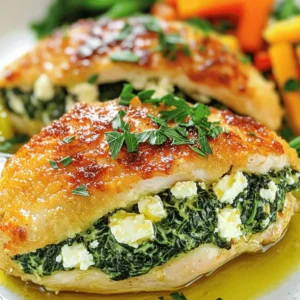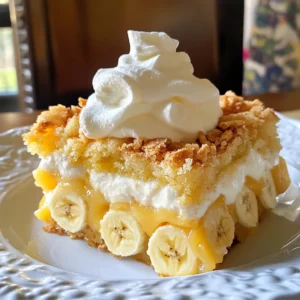Latest & Greatest
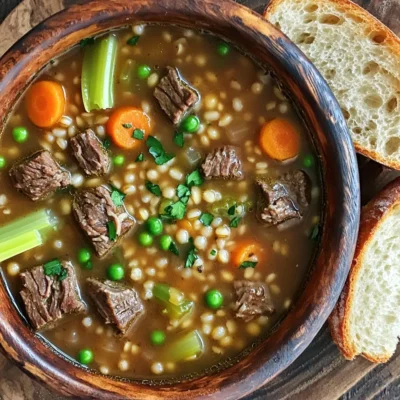
Savory Slow Cooker Beef Barley Soup Easy Recipe
Warm, hearty, and full of flavor, my Savory Slow Cooker Beef Barley Soup will become your new go-to recipe. Packed
Read more…
Air Fryer Jalapeño Popper Chicken Tasty and Easy Meal
Looking for a fun and tasty meal? Air Fryer Jalapeño Popper Chicken is the answer! This dish combines juicy chicken
Read more…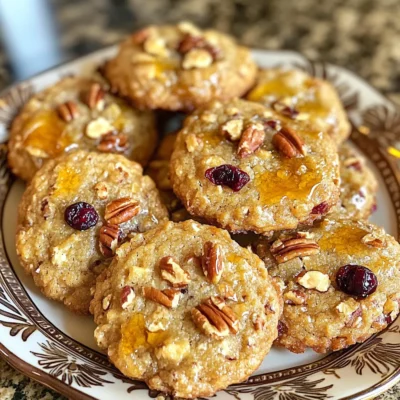
Maple Pecan Breakfast Cookies Easy and Tasty Snack
Are you ready to transform your mornings with a quick and tasty treat? Maple Pecan Breakfast Cookies are a fun
Read more…
Greek Lemon Chicken Thighs Flavorful and Easy Recipe
Are you ready to bring vibrant flavors to your dinner table? This Greek Lemon Chicken Thighs recipe stands out for
Read more…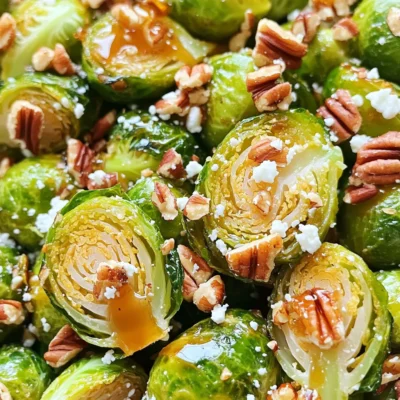
Air Fryer Honey Brussels Sprouts Crispy and Tasty Treat
Looking for a tasty side dish that’s both crispy and sweet? These Air Fryer Honey Brussels Sprouts are your answer!
Read more…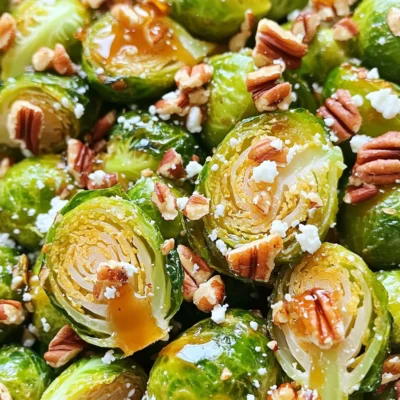
Air Fryer Honey Brussels Sprouts Crispy and Tasty Treat
Looking for a tasty side dish that’s both crispy and sweet? These Air Fryer Honey Brussels Sprouts are your answer!
Read more…
Pumpkin Cheesecake Parfaits Delightful and Easy Treat
If you love pumpkin-flavored treats, you’re in for a real delight! Pumpkin Cheesecake Parfaits are not just simple to make;
Read more…
Pumpkin Cheesecake Parfaits Delightful and Easy Treat
If you love pumpkin-flavored treats, you’re in for a real delight! Pumpkin Cheesecake Parfaits are not just simple to make;
Read more…browse recipes
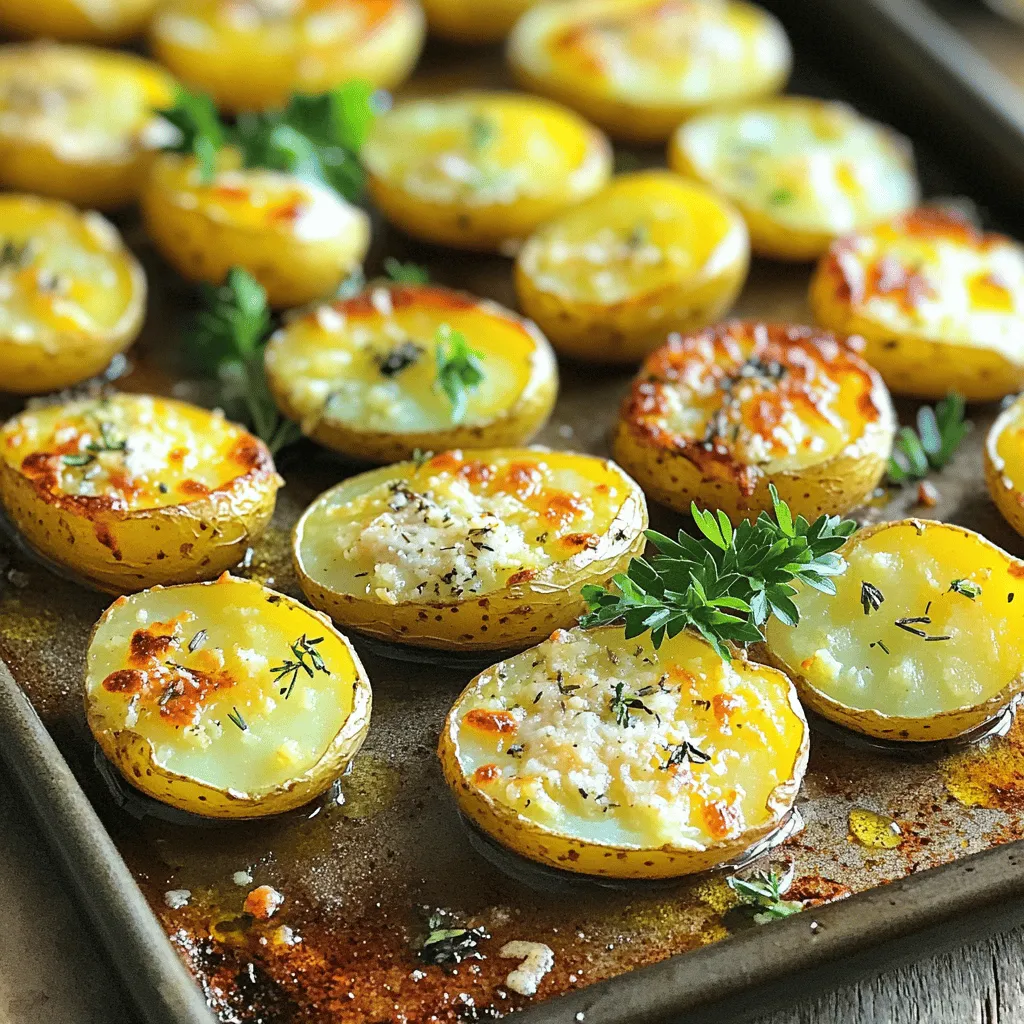
Garlic Parmesan Roasted Potatoes Simple and Tasty
Garlic Parmesan Roasted Potatoes are simple and full of flavor. If you want a tasty side dish that impresses, this is it! I’ll guide…
My Latest Desserts
My Latest Recipes
hey,
i’m !
I’m so happy you’re here!
My kitchen is filled with stories, flavors, and love and I’m so happy to share them with you. Here’s to dishes that feel like home.
Korean Baked Cauliflower Tasty and Simple Recipe
Looking for a tasty dish that’s simple to make? Korean Baked Cauliflower is your answer! This recipe combines crispy cauliflower with spicy gochujang and…
